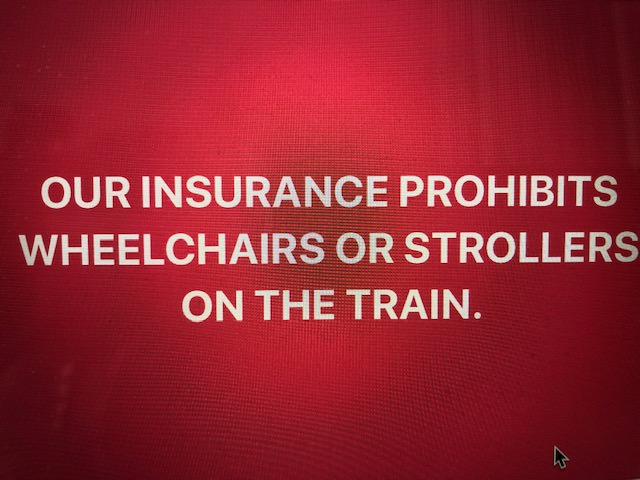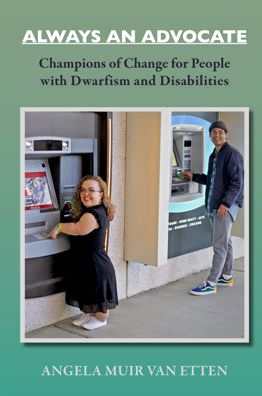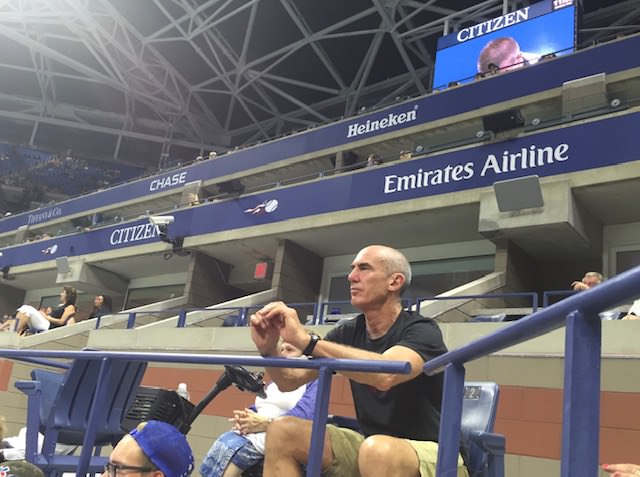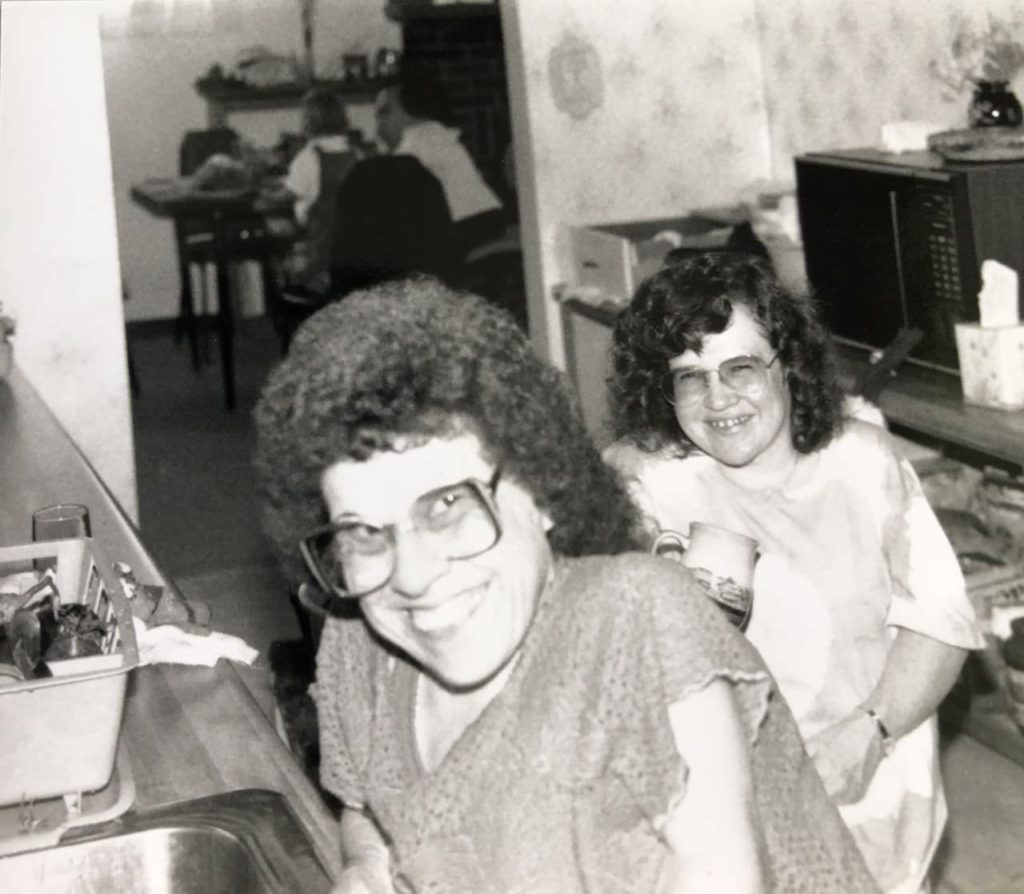
Hope for people with dwarfism was rekindled on November 16, 1999. The federal Access Board published a Notice of Proposed Rulemaking (NPRM) to update the ADA Accessibility Guidelines (ADAAG). The embers ignited because the NPRM included a proposal to break the six-inch reach barrier in new or altered buildings and facilities by lowering the reach from 54 to 48 inches. If approved, ATMs, gas pumps, elevators—everything activated with a push, pull or turn—would become accessible to little people.
Want to subscribe to receive blog updates sign up today!
But wait. Wouldn’t making comments on this issue be a waste of time? Only six years earlier, Robert and I were among the 700 Little People of America (LPA) members and allies who responded to the Access Board’s call for public comments on the exact same issue. And our hopes for equal access were dashed on July 15, 1993 when the banking industry persuaded the Access Board to allow operable parts on ATMs to remain out-of-reach at 54 inches.
Yet even though our letters did not result in a rule change in 1993, our time wasn’t wasted. Our letters attracted the attention of the ICC/ANSI A117.1 Committee on Accessible and Usable Buildings and Facilities. And, in 1994, LPA was invited to join this Committee that writes a building code standard which becomes law when adopted by a municipality or State. As a committee member, LPA successfully advocated to break the six-inch reach barrier in the 1998 edition of the ANSI A117.1 access code which subsequently influenced the Access Board to incorporate the 48-inch reach standard in ADAAG’s NPRM.
LPA members, other disability organizations, and myself as LPA’s delegate responded to the call for public comments on the NPRM updating ADAAG. Five years passed before we could answer the question, was it time well spent? But when the final rule was published on July 23, 2004, the answer was an unequivocal yes! Euphoria barely described the joy of finally seeing the 48-inch standard accepted in the 2004 ADAAG federal standard which applied uniformly across the nation.
But this is not a case of one and done. Almost 20 years later, people with dwarfism and disabilities have a long way to go before achieving equal access. Two words make this very clear—self-service kiosks. These inaccessible machines are popping up in retail stores, hotels, restaurants, health care facilities, all over the place. And because they’re not regulated by the ADA, system advocacy is once again a critical need. We need to do something.
The good news is that the federal Access Board recognizes the problem and has issued an Advanced Notice of Proposed Rulemaking to address it. The Board isn’t ready to propose a rule, but seeks input on what the rule should require. November 21, 2022 is the deadline for submitting public comments to docket@access-board.gov with a subject line reading, ATBCB—2022—0004.
So let’s use our time well again and make comments about what changes are needed to make self-service kiosks accessible to little people. Let’s build on our past success.
For further reference, go to see https://www.adatitleiii.com/wp-content/uploads/sites/25/2022/10/Kiosk-ANPRM.pdf.
You may also like: “Making the Impossible Happen.” Angela Muir Van Etten blog. October 4, 2021. https://angelamuirvanetten.com/making-the-impossible-happen/ This post is based on events discussed in book II of my dwarfism memoir trilogy: ALWAYS AN ADVOCATE: Champions of Change for People with Dwarfism and Disabilities, https://angelamuirvanetten.com/always-an-advocate/.









